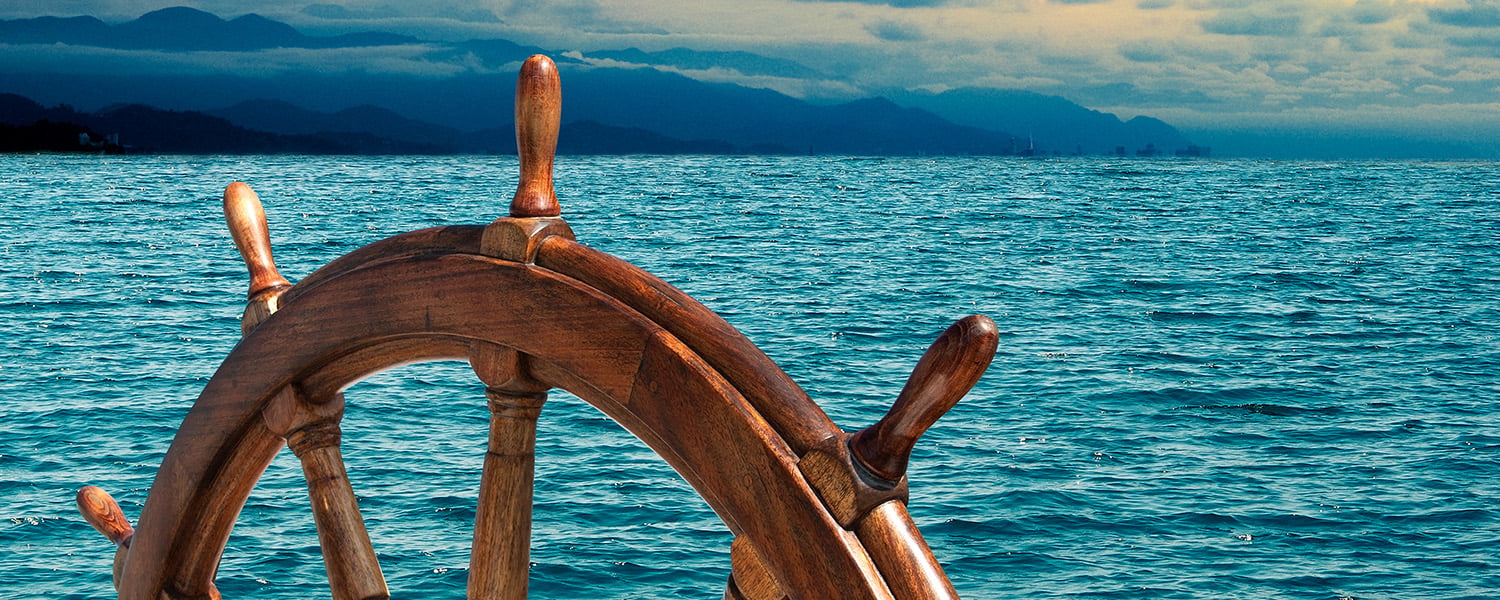The good company trap
Published on August 28, 2023
Imagine you are in a boat out on the ocean: the skies are clear, the sun is out, and the wind is blowing you in exactly the direction you want to go. You can just sit back and let the conditions do the work for you. In a situation like this, would you rather have a sailboat or a rowboat? The rowboat requires a lot of work to keep moving; however, the sailboat is built for exactly those kinds of conditions, so why wouldn’t you want one?
Sometimes your company hits those kinds of conditions, too—maybe you don’t know when it happened, but at some point, you look around and realize your company has a dream team. The drivers all seem happy, your safety numbers are down, and you’re making money. You can just sit back and let it take you where you want to go.
In the Best Fleets program, we’ve seen a lot of companies that find this rhythm, just like the lucky person on the sailboat. But the danger for these companies is the same danger for the person on the sailboat, relying on the weather to get them where they want to go—and we call it “the good company trap.”
Smooth sailingTo be clear, a company that has happy drivers, good safety scores and is making money is doing exactly what a company should be doing—don’t stop! It’s just that there is a trap hidden here that’s going to cause problems at some point in the future.
As an example, we had one participating fleet with excellent turnover rates and a very high percentage of women drivers (far outpacing the industry average). When we asked “What’s your secret?” their answer was “We don’t know”.
The most likely reason for their numbers is that they had organically developed a culture of respect that people could sense and were responding to, and that probably happened because one or two key people started treating drivers in a way that they hadn’t been treated elsewhere. It wasn’t that the organization had specific policies and processes in place to make sure the company culture expressed those values—it’s just something they started doing. And then word spread and they ended up with some truly impressive results. But if this is how it happened, there’s actually a problem on the horizon.
Even good people leaveThe problem is that conditions change and people leave—and not because it’s a bad company to work for. They might retire, or their life circumstances change, or something else. Whatever it is, at some point everyone goes. And if the results you’ve been getting are because of the personalities and skill sets of your current people (and not because of processes you have in place to train them up to that level), you’ve got no way of knowing if the next batch of new people is going to be just as good. Without solid programs in place, you’re at risk of losing your footing as your personnel change. This is exactly where the fleet with the excellent turnover rates that we interviewed is at risk. And that’s the essence of the good company trap—you’re a good company right now, but what happens when things change? And they always do.
What we’ve found over the 15 years Best Fleets has been talking to carriers is that the healthiest companies have a set of programs and processes that aren’t reliant on any one person (or industry circumstances) to make them happen. Rather than relying on the right conditions, these companies are fully prepared to row, and they keep rowing whether the conditions are bright and sunny or there’s a storm howling. Think of programs that make it possible for drivers to communicate with management and give meaningful feedback, or train management teams to keep building a company culture of respect, or support drivers who are transitioning from military service. These are all things that Top 20 companies have in place—and those things will be in place as their business and personnel conditions change.
Even when their good people leave.
What to watch out forSo what’s the good company trap? It’s when a company lucks out with the right set of conditions to be successful right now, but they make the mistake of thinking things will always be like that. Rather than using those conditions as an opportunity to build out processes and programs while things are going well (getting some oars in the water), they just let the wind push their boat along. And when things change and they are scrambling to finally get an oar in the water, they don’t have the practice and skill built up over time to do it well. Their competitors, on the other hand, have been rowing this whole time. Having processes and programs already in place are the oars in the water that will keep you moving when the conditions turn; and with that in mind, here are some of the risks you take when you don’t put in that kind of work:
Reactive Decision-Making
One of the real problems with not having processes in place is that you make decisions reactively, and that will cost you money. Why? Reacting to a problem leads to picking short-term fixes that don’t always last (so you’re back where you started). If you’re in a hiring crunch and you end up hiring the first person who comes along, all the money and resources you spend on getting them in will be wasted when they don’t work out. But if you have (for example) a structured process for assessment and evaluation in the early stages of hiring, you’ll be able to weed out the less-than-perfect candidates right away.Lost Innovation
What if one of your oars isn’t working so well anymore? Having a strong set of processes in place can drive you forward, but it also gives you a place to start when you want to try something new. Assessing the systems you have and deciding if (a) they are working for you and (b) they’ll continue to match up with a new direction for the company, gives you a place to start in your strategic thinking. Without those, you don’t know what’s working and what isn’t (or why). This is going to block you from innovating and push you back to a place where you just try things out in the hopes that they’ll work.Vulnerability to External Changes
Sometimes the wind blows so hard that you can’t help being shoved off course (looking at you, COVID). Building in the support of processes (whether that’s training, communication, benchmarking or more) will help your team keep their eye on the important, controllable things during the storm. And they will help pull you back on course quicker when the winds subside.
Again, if you’re running great safety numbers, have happy drivers and are turning a profit, keep doing what you’re doing. But also keep an eye on where your vulnerabilities are and get some oars in the water before the good conditions right now turn to not-so- good later on.







